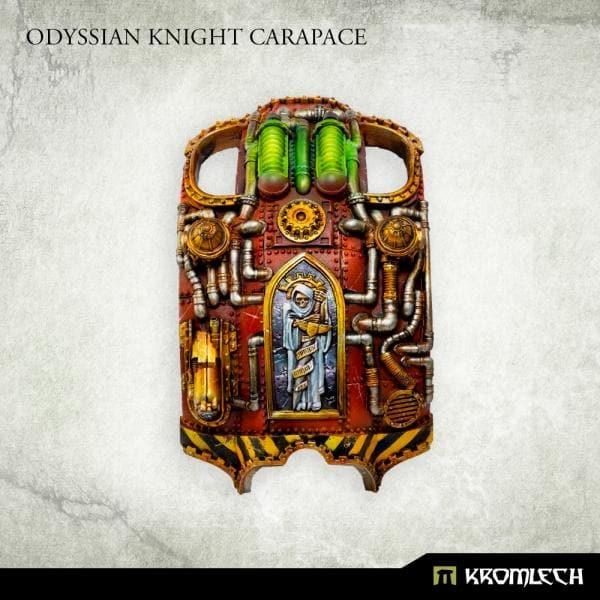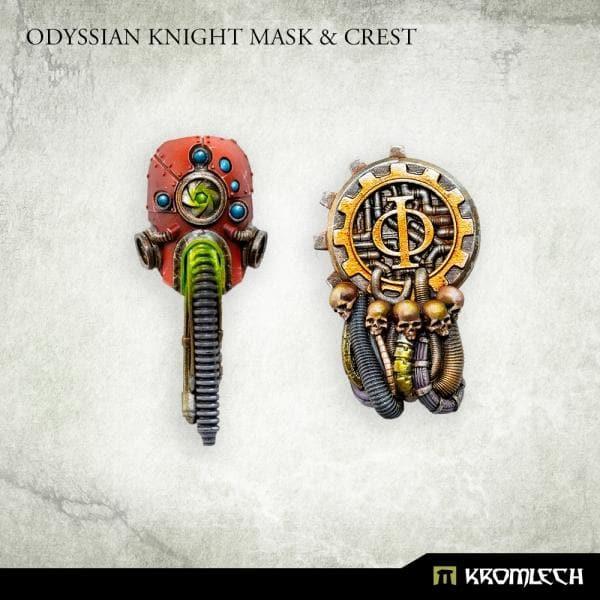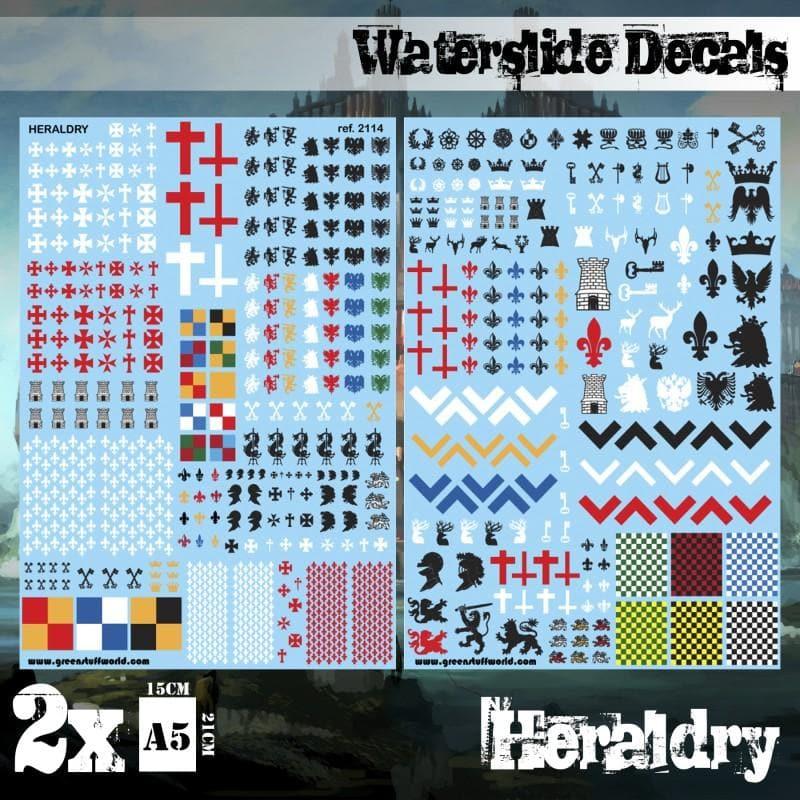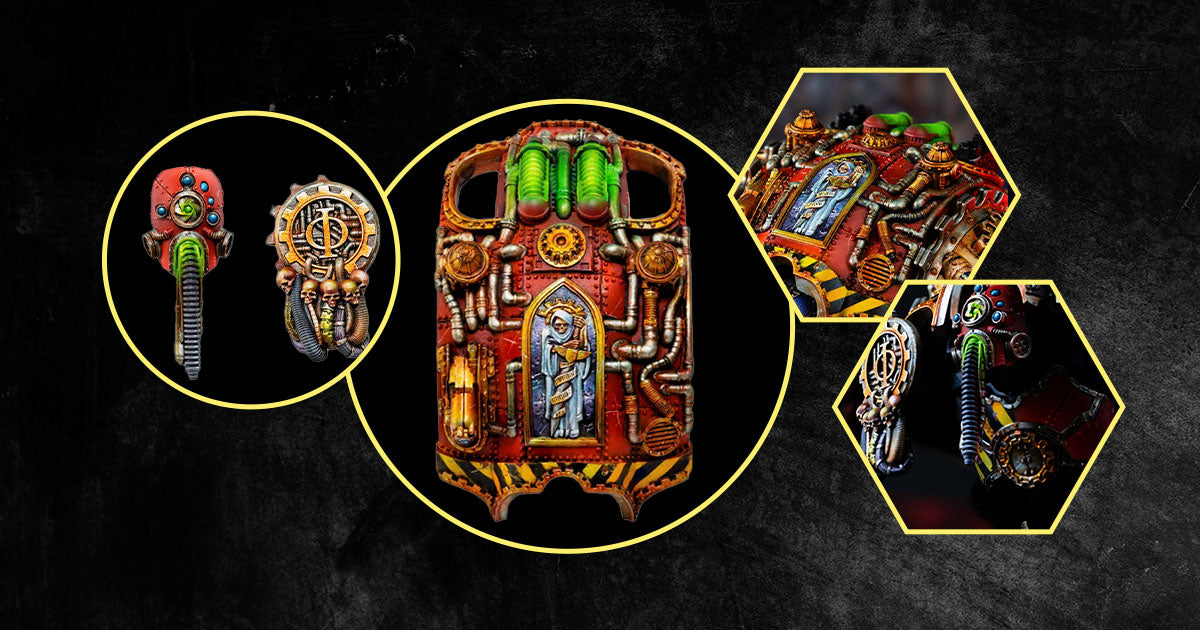Understanding The Concept Of Heraldry In Miniature Painting
Master the ancient art of heraldic design to create stunning, story-rich miniatures
The fascinating world of heraldry represents a sophisticated language of symbols and colours that has evolved from medieval battlefields to modern miniature painting. For enthusiasts and hobbyists alike, understanding heraldic principles opens up exciting possibilities for creating distinctive, historically-inspired miniature collections. Whether you're crafting a historically accurate army or developing your own unique faction identity, mastering heraldry can transform your miniatures from simple gaming pieces into compelling works of art that tell rich, visual stories.
| Heraldry in Miniature Painting: Essential Overview | |
|---|---|
| Historical Context | Medieval battlefield identification, family lineage, symbolic representation |
| Key Components | Colours (tinctures), symbols (charges), patterns, mottos, traditional rules |
| Application Methods | Freehand painting, decals, transfers, stencilling techniques |
| Essential Tools | Specialist brushes, paint markers, precision tools |
| Skill Development | Beginner to advanced techniques, traditional and modern approaches |
Understanding the Art of Heraldry
Heraldry emerged during the tumultuous medieval period as an essential system of battlefield identification, evolving from simple military necessity into a sophisticated art form that conveyed power, lineage, and social status. These intricate designs, known as coats of arms, served as visual representations of noble houses and kingdoms, each element carefully chosen to reflect specific achievements, alliances, and territorial claims. In the chaos of medieval combat, these distinctive emblems allowed knights to quickly identify allies and enemies alike, making them crucial for both military strategy and ceremonial displays.
Modern miniature painting has embraced this rich tradition, adapting medieval heraldic principles to enhance both historical accuracy and creative storytelling. Whether crafting historically accurate medieval armies or designing unique faction identities for fantasy wargaming, understanding traditional heraldic elements provides painters with a foundation for creating compelling visual narratives that resonate with authenticity and purpose.

KROMLECH Odyssian Knight Carapace

KROMLECH Odyssian Knight Mask & Crest
Essential Components of Heraldic Design
The foundation of heraldic design rests upon several key elements that work together to create meaningful and visually striking compositions. These components have remained largely unchanged since medieval times, offering painters a wealth of historical reference material for their miniature projects. Understanding these elements helps artists create authentic designs while maintaining the practical considerations of small-scale painting.
Core Elements of Heraldry
- Tinctures (Colours): The traditional palette includes metals (gold and silver), colours (red, blue, black, green, and purple), and furs (ermine and vair)
- Charges: Symbolic figures such as lions, eagles, and crosses that carry specific meanings
- Ordinaries: Geometric patterns and divisions that structure the design
- Mantling: Decorative elements that frame the shield
Techniques for Creating Heraldry
Mastering heraldic design in miniature painting requires both technical skill and an understanding of traditional principles. Modern painters have access to various tools and techniques that make creating intricate heraldic designs more accessible, from precision brushes to specialized paint markers. Success lies in choosing the right approach for your skill level and project requirements.
| Technique | Application | Skill Level |
|---|---|---|
| Freehand Painting | Detailed custom designs, maximum creativity | Advanced |
| Decals | Consistent results, complex designs | Beginner |
| Stencilling | Repeatable patterns, uniform results | Intermediate |
Remember that successful heraldic designs balance historical accuracy with practical limitations of miniature painting. Start with simpler designs and gradually increase complexity as your skills develop.
Incorporating Heraldry into Your Army
Successfully integrating heraldic elements into your miniature army requires careful planning and consideration of both aesthetic and practical aspects. A well-executed heraldic scheme not only enhances visual appeal but also adds depth to your army's narrative, creating a cohesive force that tells a compelling story on the tabletop. Whether you're working with historical armies or creating your own unique faction, the principles of heraldic design can elevate your collection to new heights.
Strategic Planning Tips:
- Begin with a clear concept of your army's identity and background
- Choose colours and symbols that reflect your army's character
- Consider practical aspects of applying designs to different unit types
- Plan for consistency across all army elements
Developing Your Army's Identity
Creating a distinctive heraldic identity begins with understanding your army's background and purpose. Historical armies might draw from authentic medieval heraldry, while fantasy forces can blend traditional elements with creative innovations. Consider your army's origin, beliefs, and achievements when selecting colours and symbols. This thoughtful approach ensures your heraldic designs contribute meaningfully to your army's narrative.
Essential Design Elements
- Primary Colours: Choose 2-3 main colours that define your army's identity
- Symbolic Elements: Select meaningful charges and ordinaries
- Unit Variations: Plan how heraldry will differ between unit types
- Ranking System: Consider how heraldry can denote unit importance

Example of heraldic elements applied to different unit types
Practical Application Techniques
Implementing heraldic designs requires a combination of planning and technical skill. Utilising proper tools such as specialist brushes and transfers ensures consistent results across your army. Success lies in choosing techniques that match your skill level whilst maintaining the desired level of detail.
| Technique Level | Recommended Approaches | Suitable Applications |
|---|---|---|
| Beginner | Transfers, simple freehand patterns | Basic shields, banner borders |
| Intermediate | Combined transfers and freehand | Detailed shields, unit markings |
| Advanced | Complex freehand designs | Character heraldry, detailed banners |
The Role of Heraldry in Modern Miniature Painting
In contemporary miniature painting, heraldry serves multiple purposes beyond mere decoration. It functions as a powerful storytelling tool, creating visual narratives that enhance both gaming experience and display appeal. Through careful application of heraldic principles, painters can create armies that command attention and inspire imagination.
Key Functions of Modern Heraldry
- Visual Organisation: Helps identify units and their roles within an army
- Narrative Enhancement: Adds depth to army background and character
- Historical Connection: Links modern miniatures to traditional heraldic practices
- Creative Expression: Provides opportunities for unique artistic interpretation
Frequently Asked Questions
What are the basic rules of heraldic design?
The fundamental rules of heraldic design include using contrasting tinctures (colors), maintaining simplicity in design elements, and following traditional color combinations. Never place a metal on a metal or a color on a color. Use specialized tools to achieve clean lines and precise details in your designs.
How do I start incorporating heraldry into my miniatures?
Begin with simple designs using basic shapes and a limited color palette. Consider these steps:
- Choose 2-3 main colors that represent your army's identity
- Start with basic geometric patterns using decals or stencils
- Practice basic designs on larger surfaces like banners or shields
- Gradually incorporate more complex elements as your skills improve
- Maintain consistency across your army units
What tools do I need for heraldic painting?
Essential tools for heraldic painting include:
- Fine detail brushes for precise line work
- Paint markers for consistent lines and symbols
- Transfer sheets for complex designs
- A steady hand and good lighting
- Reference materials for traditional heraldic patterns
How can I ensure consistency across my army?
To maintain consistent heraldry across your miniature collection, create a reference sheet documenting your color schemes, patterns, and placement guidelines. Use templates or transfers for repeated elements, and batch paint similar units together to ensure uniform results.
Conclusion
The art of heraldry in miniature painting represents a perfect blend of historical tradition and modern creative expression. By understanding and implementing heraldic principles, painters can transform their miniature collections into cohesive, narrative-rich armies that command attention on the tabletop and display shelf alike.
Whether you're a beginner starting with simple designs or an advanced painter crafting intricate heraldic masterpieces, the key lies in careful planning, consistent execution, and attention to detail. The combination of traditional rules with modern techniques and tools allows for endless possibilities in creating unique and meaningful heraldic designs.
Final Thoughts:
Remember that successful heraldic design is about more than just aesthetic appeal – it's about telling your army's story through carefully chosen symbols and colors. Take time to develop your skills, experiment with different techniques, and most importantly, enjoy the process of bringing your unique vision to life through the timeless art of heraldry.
 is here! Shop now, pay later in 4 easy installments
is here! Shop now, pay later in 4 easy installments

